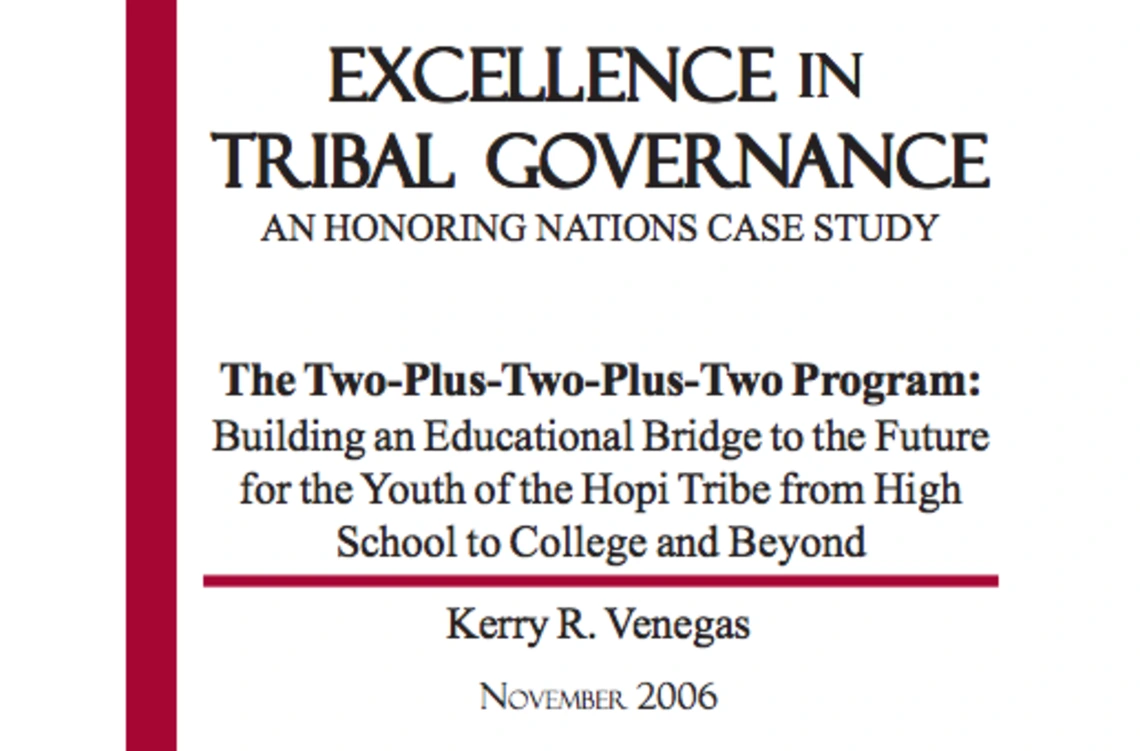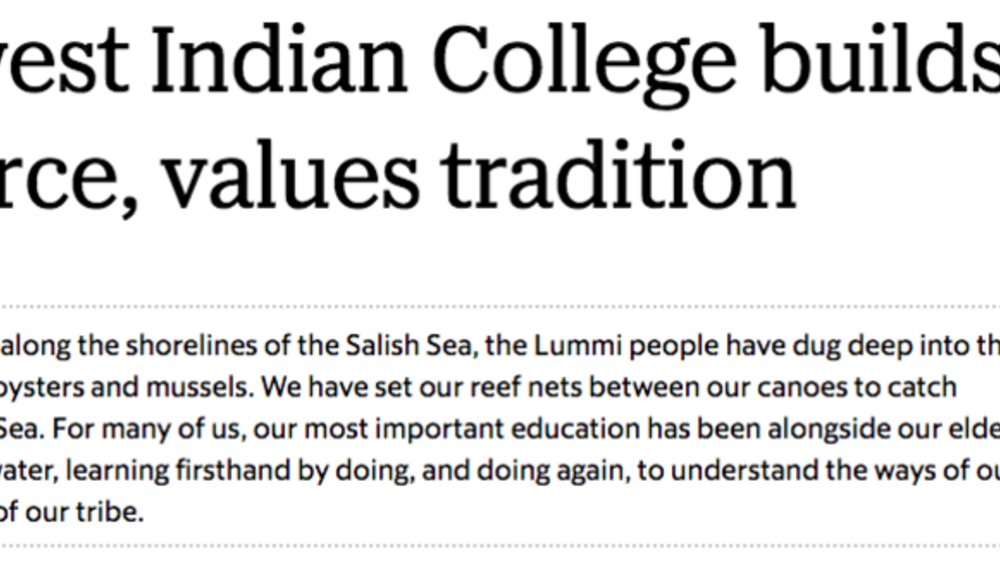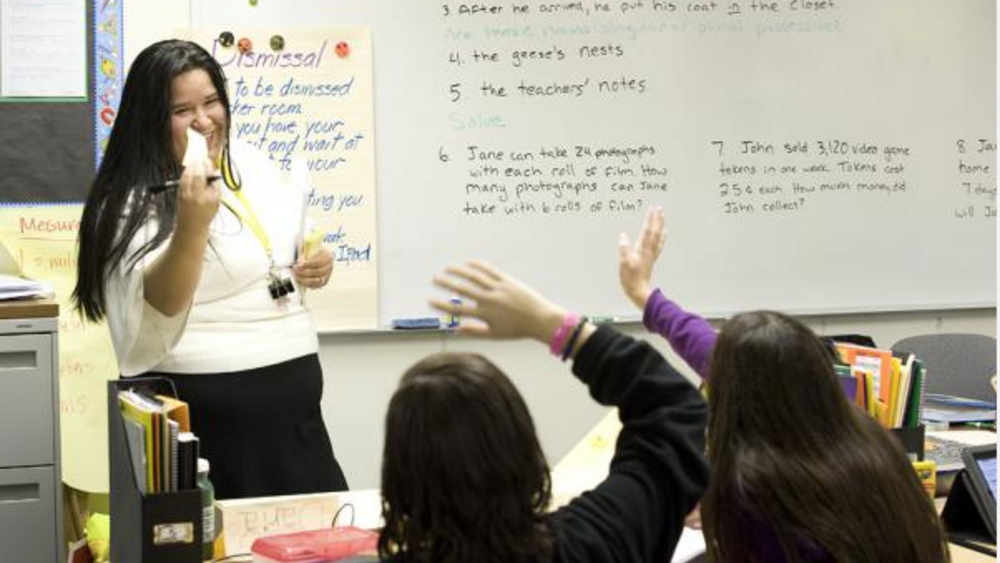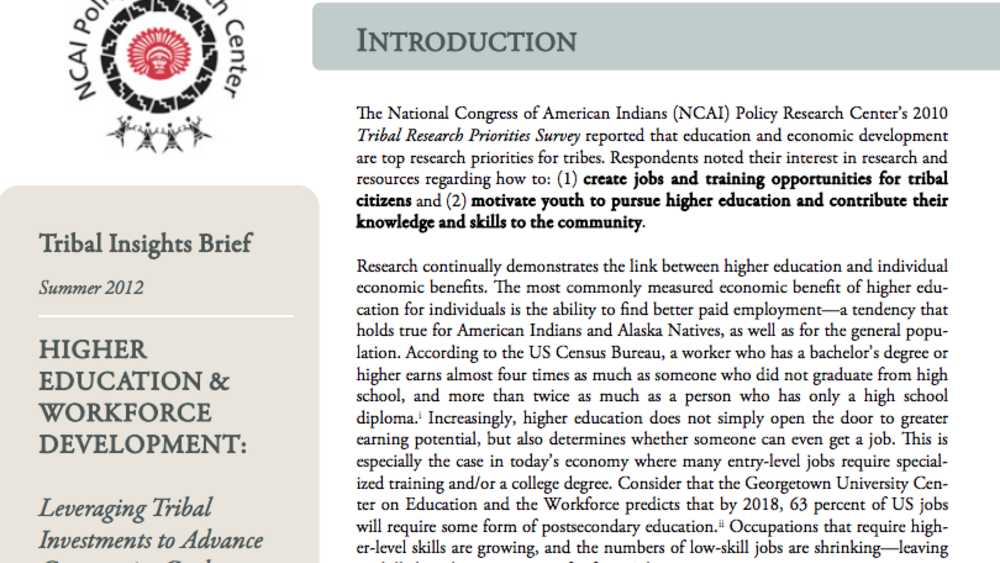Over the last 30 years, Native nations across North America have been taking control of their educational systems in the belief that American Indian “self-determination and local control [are] means of cultural preservation and growth.” Disturbed by the low achievement scores and high dropout rates of American Indian youth in schools run by the Bureau of Indian Affairs (BIA) and local public educational agencies, tribes have been finding ways to create tribally run schools. Recent federal legislation emphasizing a focus on standardization has created an increased incentive for local control over schools and curriculum as a means for developing culturally and community relevant systems while promoting achievement and respect for the traditions and identities of Native populations. For a deeply traditional and conservative society like the Hopi Tribe, autonomy and self-determination in education are the keys to guaranteeing modern success in both traditional and mainstream worlds. How the Hopi Tribe constructed its Two-Plus-Two-Plus-Two college transition program as a way of maintaining traditional ways of life, promoting academic excellence, and ensuring the development of qualified Hopi professionals returning to the reservation offers a model of sovereignty in action.
Additional Information
Venegas, Kerry R. "The Two-Plus-Two-Plus-Two Program: Building an Educational Bridge to the Future for the Youth of the Hopi Tribe from High School to College and Beyond." Honoring Nations. Harvard Project on American Indian Economic Development, John F. Kennedy School of Government, Harvard University. Cambridge, Massachusetts. November 2006. Case Study.




